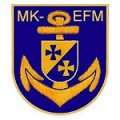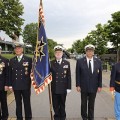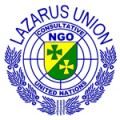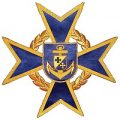Today 188 years ago at 6th July
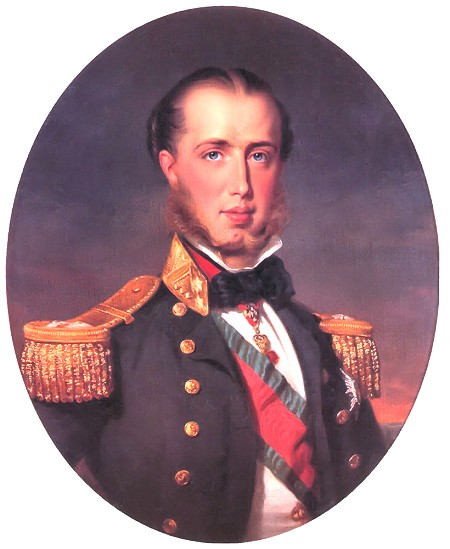
Archduke Ferdinand Maximilian of Austria.
Dear comrades
Today we want to think again of Archduke Ferdinand Maximilian of Austria.
Archduke Ferdinand Maximilian Joseph Maria of Austria was born on 6 July 1832 in Schönbrunn Palace, then near Vienna, now the 13th district, the second eldest son of Archduke Franz Karl, a son of Emperor Franz I, and Princess Sophie of Bavaria, and was thus a brother of Emperor Franz-Joseph of Austria from the House of Habsburg-Lothringen.
Maximilian was particularly interested in seafaring and made many long-distance trips (e.g. to Brazil). In 1854, at the age of only 22, he was appointed commander of the imperial kriegsmarine (1854-1861), as the younger brother of the emperor and thus a member of the ruling house, and reorganized it in the following years.
It is therefore not surprising that our naval camaraderie bears his name.
Sadly, however, he gained fame as Emperor of Mexico. Overturned due to internal political unrest, he was sentenced to death by a court martial and shot dead on June 19, 1867, at Tres Campanas, Querétaro, after the death sentence was confirmed by the re-established President Juarez.
Archduke Ferdinand Maximilian was also the namesake of an ironclad of the K.K. Kriegsmarine.
About this ship a few details:
Ferdinand Max gained historical significance as the flagship of Rear Admiral Tegetthoff in the Battle of Lissa in the Third Italian War of Independence and the Austrian-Prussian War of 1866. The term “ironclad” may obscure the fact that it was a wooden ship with armored plates.
Although the ship was baptized “Archduke Ferdinand Max”, it bore only the name “Ferdinand Max” on the board wall.
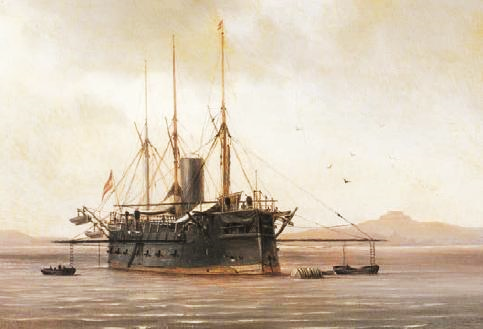
She weighed 5140 tons, reached a maximum speed of 12.0 knots thanks to its 3500 hp and was designed for a crew of 489 men. At the time of the Battle of Lissa, she was equipped with eighteen 48-pounder muzzle-loading guns. The iron armour was 12.8 cm on 66 cm wood plates. The prefabricated construction did not take place until 1867.
In 1868, Archduke Ferdinand Max was named the flagship of the K.u.K Eskadre. In 1870 she accompanied Emperor Franz Joseph to the opening of the Suez Canal. The Archduke Ferdinand Max remained in service longer than was usual for a wooden ship of that time as a sign of victory. In 1870 it was overhauled and refitted, and after further modernizations it took part in a naval manoeuvre in 1884 before Pola in front of the eyes of Emperor Franz Joseph. Lateron, the ship was transferred to the second reserve and decommissioned in 1885. From 1889 to 1908, she served as a tender to the gunnery training school ship Novara. The ship was ultimately broken up for scrap in 1916 during World War I.
VIRIBUS UNITIS
Prof.Dr. Lothar Gellert
General Plenipotentiary
Vienna, 6th July 2020

![MKFM[1]](https://www.lazarus-union.org/wp-content/uploads/2020/06/MKFM1.jpg)
